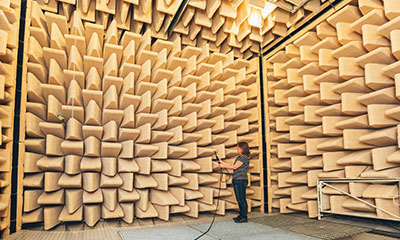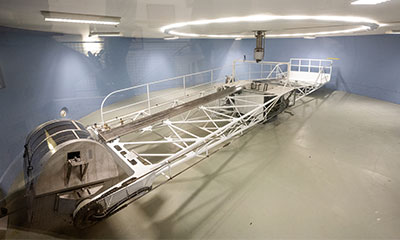KTH's research environments
Our research infrastructures provide a space where academia, industry, and other societal stakeholders can come together to enhance their capabilities and foster new synergies and collaborations. Several of these environments are open for external organisations to use.
Does your organisation want to utilise any instrument or equipment available at KTH? Submit your request to the director of the infrastructure you are interested in. Often, our researchers can also assist in conducting tests and experiments.



